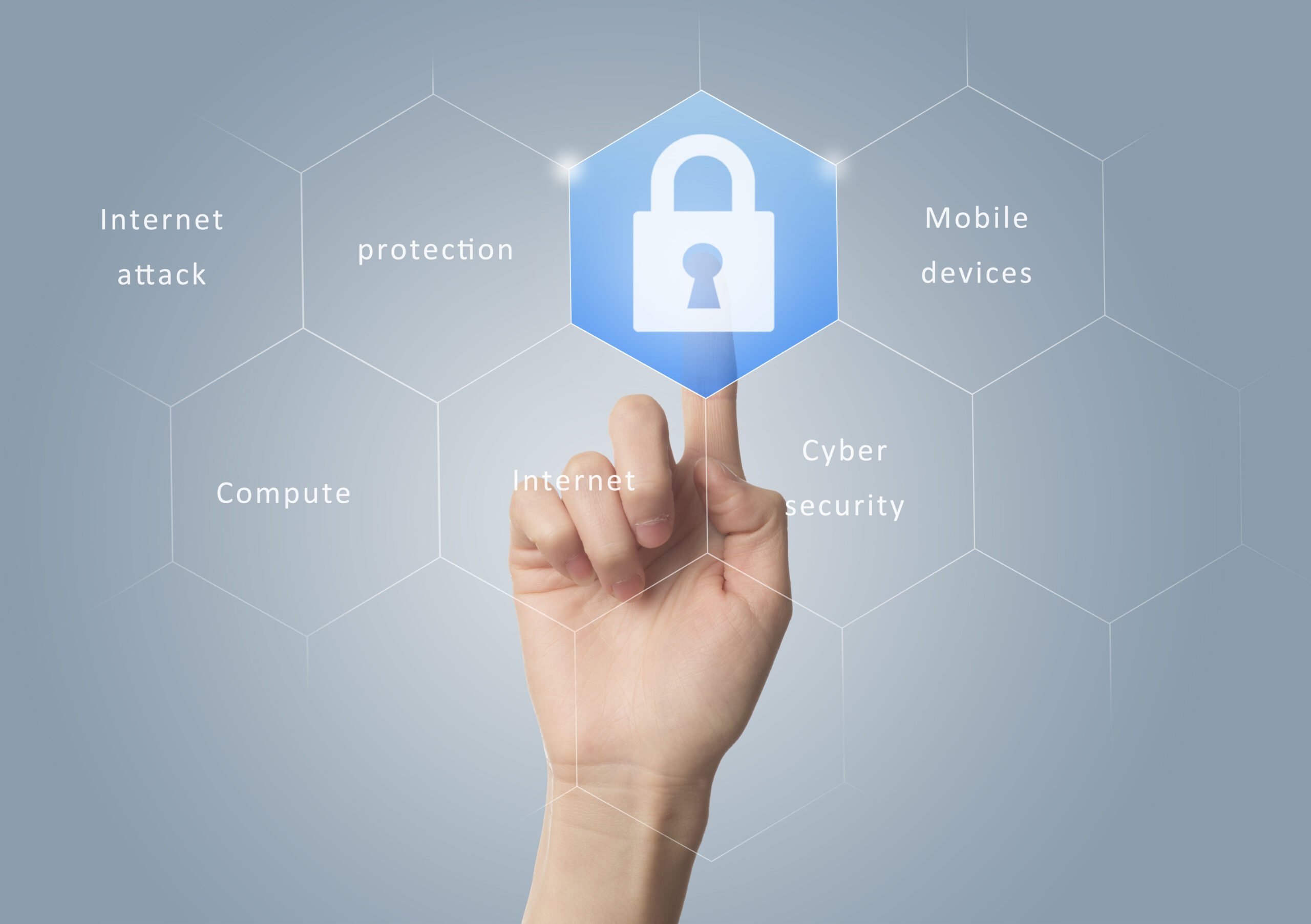Table of Contents
ToggleUnderstanding what is the Zero Trust Model
In today’s increasingly interconnected world, securing digital systems has become a top priority for businesses, governments, and individuals. Traditional security models, which rely on perimeter defenses like firewalls to keep malicious actors out, are no longer enough. With cyber threats constantly evolving and employees working remotely, organizations must reconsider their approach to security. Enter the Zero Trust Model—an approach that assumes no entity, inside or outside the organization, is inherently trustworthy.
What is the Zero Trust Model?
Here is the reason for what is the Zero Trust Model is a cybersecurity framework based on the principle of “never trust, always verify.” Unlike traditional security approaches that trust users and devices within a network perimeter, Zero Trust assumes that threats can exist both inside and outside the network. The model requires strict identity verification and continuous monitoring of all network traffic, regardless of its origin.
This approach emphasizes that security should be built around the identity of users and devices rather than the network perimeter. Instead of assuming that everyone inside the network is trustworthy, Zero Trust forces organizations to authenticate and authorize every user and device for each access request. The goal is to minimize the attack surface and reduce the potential damage from a security breach.
Key Principles of Zero Trust
-
Least Privilege Access: One of the foundational principles of Zero Trust is ensuring users and devices only have access to the data and resources they absolutely need. By restricting permissions, organizations can reduce the impact of any potential breach.
-
Micro-Segmentation: Rather than a single network perimeter, Zero Trust divides the network into smaller, more manageable segments. This way, even if an attacker breaches one segment, they can’t easily move across the entire network. Each segment requires its own security controls, adding layers of protection.
-
Continuous Monitoring and Verification: In Zero Trust, trust is never assumed. Every request for access to a system is verified continuously, even if the request is coming from within the network. Security teams use advanced monitoring tools to analyze user behavior, device health, and other factors to detect anomalies or suspicious activities in real-time.
-
Identity and Access Management (IAM): Identity management is critical in Zero Trust. Only authenticated and authorized users are granted access to sensitive data or systems. Multi-factor authentication (MFA) and other iam means identity and access management tools ensure that identities are thoroughly verified before any access is granted.
Benefits of the Zero Trust Model
-
Improved Security: By verifying each access request, Zero Trust reduces the likelihood of unauthorized access, minimizing the impact of insider threats and external breaches.
-
Reduced Attack Surface: By segmenting the network and enforcing least privilege access, Zero Trust helps limit the potential damage caused by a compromised user or device.
-
Adaptability: As organizations adopt cloud computing, mobile devices, and remote work, the Zero Trust Model provides a scalable and flexible framework that adapts to the modern cybersecurity landscape.
-
Compliance: Zero Trust can also help organizations meet regulatory compliance requirements by ensuring strict control over data access and maintaining comprehensive logs of user activities.
Challenges and Considerations
While the Zero Trust Model offers numerous benefits, its implementation can be challenging. Organizations must invest in the right tools, such as identity management platforms, advanced monitoring systems, and network segmentation technologies. Furthermore, transitioning to Zero Trust requires a cultural shift, as employees may need to adapt to new authentication methods and stricter access controls.
Additionally, ongoing maintenance and monitoring are necessary to ensure the effectiveness of the Zero Trust approach. As security threats evolve, organizations must regularly update their security strategies to stay ahead of potential risks.
Conclusion
The Zero Trust Model represents a paradigm shift in cybersecurity, moving away from traditional perimeter-based security models to a more rigorous, identity-based approach. By continuously verifying access requests and enforcing strict access controls, Zero Trust significantly enhances an organization’s ability to protect its critical assets from cyber threats. While the transition to Zero Trust may be complex, the long-term benefits in terms of security and compliance make it a crucial consideration for any modern organization looking to safeguard its digital infrastructure.
